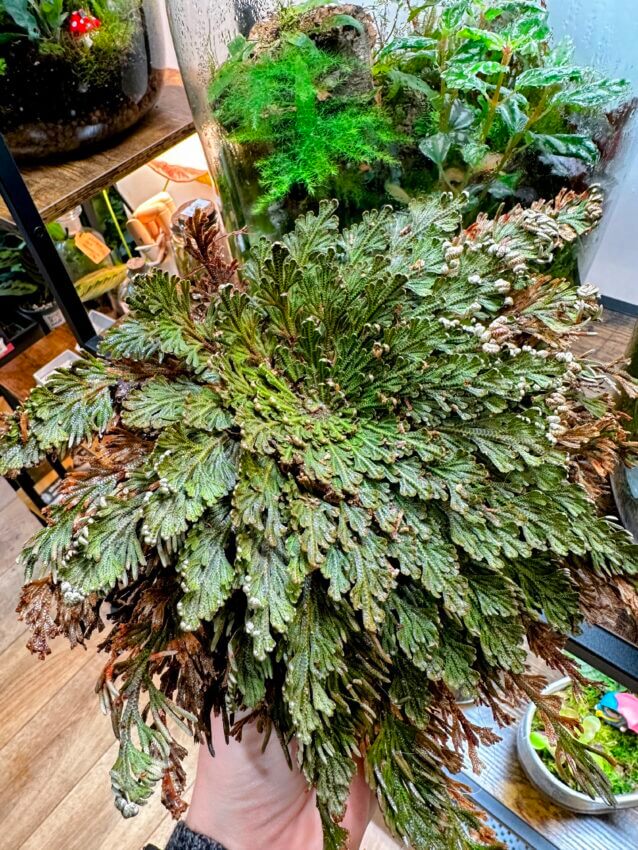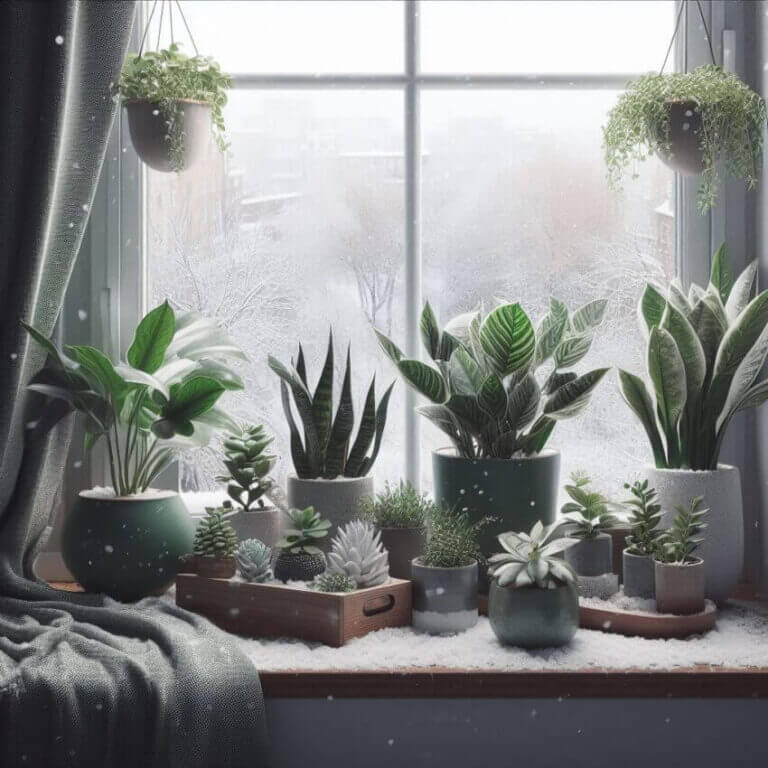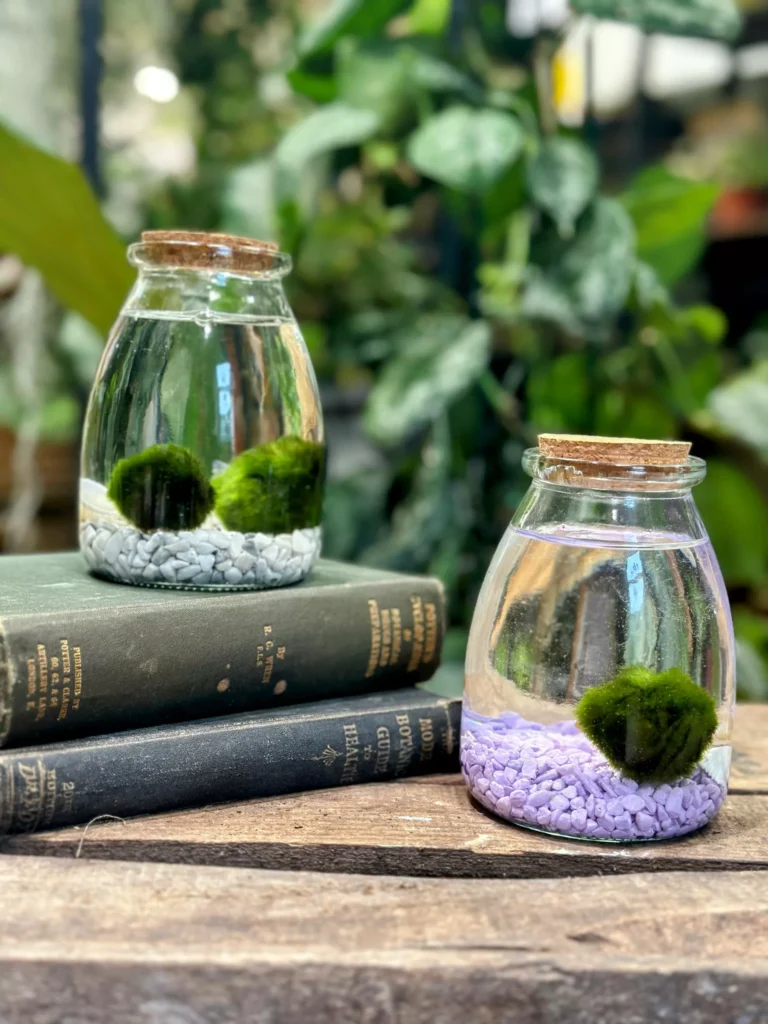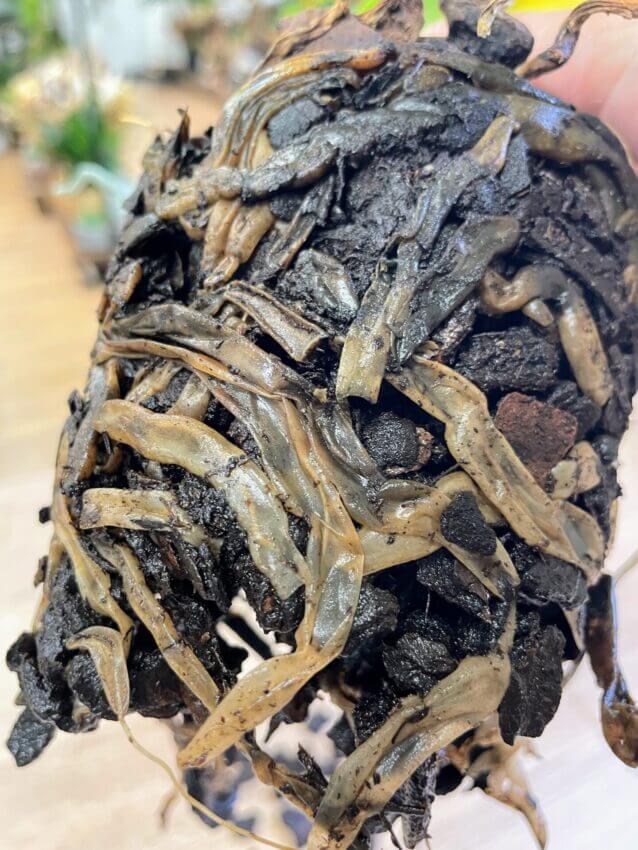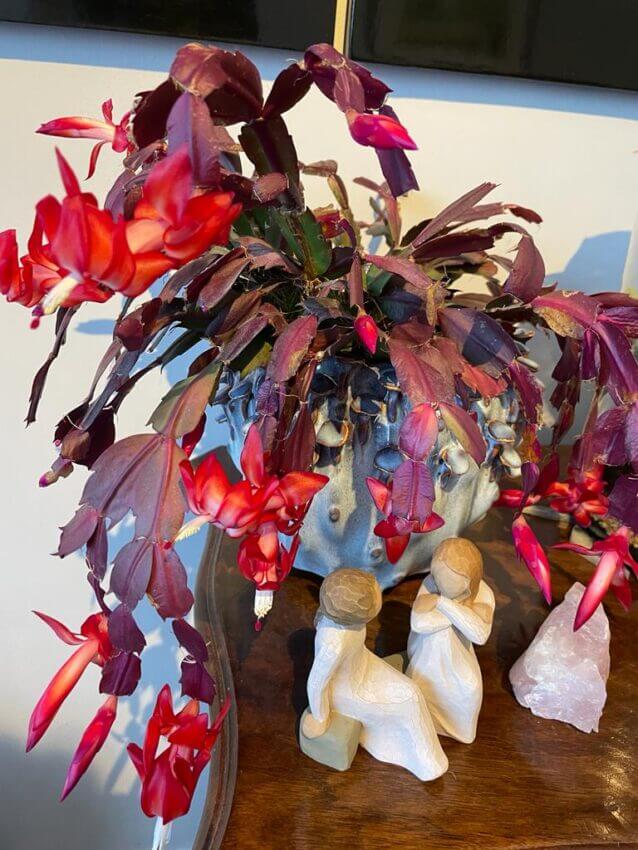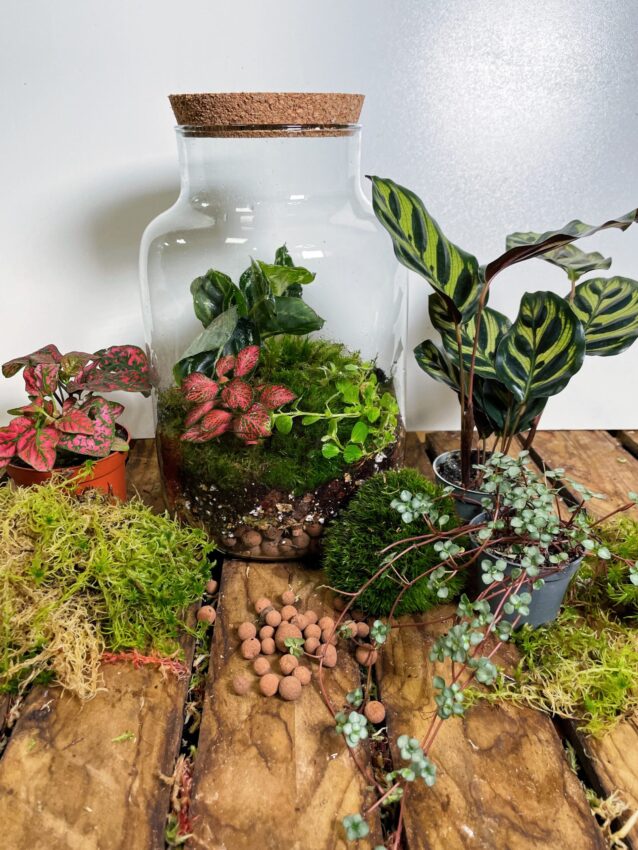4 Houseplants which Need Dormancy: Winter Care of Carnivorous, Caladium, Stephania Erecta, Alocasia
As the days get shorter and temperatures drop during autumn and winter months, it’s time to prepare your houseplants for the winter season as some of them may experience dormancy. Dormancy is a natural response to changes in the level of light and temperatures, allowing plants to conserve energy and survive unfavourable conditions. This inactive phase is critical for their lifecycle, and understanding it can be the difference between a thriving plant and one that struggles to survive.
Read on below to see our advice and tips on caring for these plants through winter.
Carnivorous Plant Dormancy
Carnivorous plants, such as the Venus flytrap and sundew are native to the UK and reach dormancy as the temperatures drop and the natural light level decreases. The first signs of plants going into dormancy are slowly dying leaves and a halt on growth of the new leaves.
Your carnivorous plants should be moved into dark and cooler environments, they prefer temperatures ranging from 2°C to 10°C during this period. Watering should be reduced and eventually stopped, the plant should not sit in the water during this period.
To revive these plants, gradually introduce them to warmer conditions and longer daylight hours as winter ends. There are specific species of tropical carnivorous plants that do not require dormancy and you can enjoy them all year round.
Caladium Dormancy
The beautiful caladiums retreat into dormancy when their leaves start to yellow and wilt, signalling a reduction in water and a cooler resting environment between 10°C and 15°C.
You can remove tubers from the soil and keep them in a paper bag during the winter or leave them inside the pot with soil.
To awaken caladiums, move the tubers to a warm place with indirect light. Plant them into a good quality potting mix and start watering slowly. Within a short period of time, you should see new leaves pushing!
Stephania Erecta Dormancy
Stephania erecta’s dormancy is marked by leaf loss and vine retraction. During this natural phase, keep the caudex dry and in a warm spot, do not water and make sure the plant will not sit in soggy soil. Stephania erecta does not require cold temperatures to rest, so keep the environment above 15°C. You can start watering lightly when observing budding or sprouting on the caudex.
Alocasia Dormancy
With their impressive foliage, Alocasia plants enter dormancy with a noticeable droop and shed their leaves which is often misinterpreted by plant beginners as a sign of pests or underwatering.
While in dormancy, the soil should be kept on the drier side and watered every 7-10 days. The plant should be kept in a warm area with bright light. As the growing season approaches, gradually increase watering, humidity and temperature will wake up and revive your Alocasia.
Custom Care Through Dormancy Stages Summary
Tailoring your care during dormancy is essential for each plant species:
- Carnivorous Plants: Stop watering and maintain temperatures between 2°C to 10°C.
- Caladiums: Stop watering and store tubers at 10°C to 15°C.
- Stephania Erecta: Stop watering and keep the environment warm, above 15°C.
- Alocasia: Water when the soil dries out, keep in warm temperatures without direct light.
Overwatering during dormancy is a common mistake, leading to rot and disease. In most cases neglected plants do much better than those which get too much attention.
Conclusion
Winter can be a challenging time for houseplants and plant’s owners, with some entering dormancy. This natural state requires adjustments in care, particularly in terms of watering, temperature, and sunlight levels. By following these guidelines, you can ensure that your alocasia, stephania erecta, caladium, and carnivorous plants remain healthy during their dormant period, poised to grow and thrive come spring.


